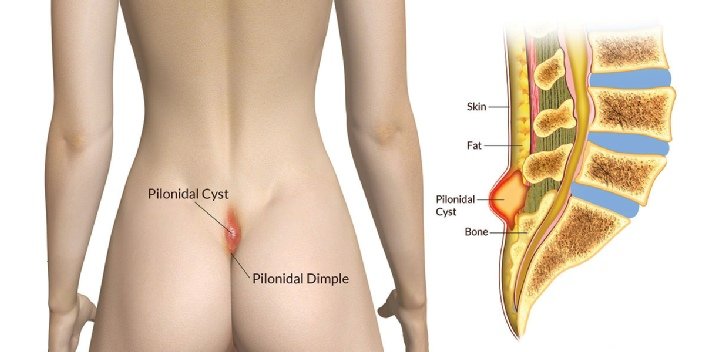Treatment for Pilonidal Sinus
Our Doctors Dr. Kapil Dev who is one of the best laser surgery for
Pilonidal Sinus doctor in New Delhi says that the Pilonidal sinus, a condition marked by the formation
of small tunnels or cysts near the top of the buttocks, presents considerable discomfort and inconvenience
to those affected. Traditional treatment methods, such as surgical excision, can involve prolonged
recovery periods and potential complications. However, with advancements in medical technology, laser
treatment for pilonidal sinus emerges as a promising alternative. Led by experts like Dr. Kapil Dev in New
Delhi, this minimally invasive approach offers patients a faster recovery, reduced risk of infection, and
improved overall outcomes. By precisely targeting affected areas with laser energy, this innovative
treatment method effectively addresses the underlying issues associated with pilonidal sinus, providing
patients with a less invasive and more efficient path to healing and relief.

Advantages Of Laser Therapy For Pilonidal Sinus
Faster recovery times compared to traditional surgery.
Reduced post-operative discomfort
Improved cosmetic outcomes
Decreased likelihood of wound infections
Enhances overall patient satisfaction and quality of life
About Pilonidal Sinus Fistula Causes
- Hair Penetration: The primary cause is believed to be the penetration of hair into the skin, particularly in the sacrococcygeal region (near the top of the buttocks). When hair punctures the skin, it can trigger an inflammatory response, leading to the formation of a sinus tract.
- Friction and Pressure: Activities that involve prolonged sitting or friction in the buttock area, such as cycling or sitting for long periods, can exacerbate the condition. Constant pressure and friction may contribute to the development of pilonidal sinus
- Congenital Factors: Some individuals may have anatomical predispositions that make them more susceptible to pilonidal sinus formation. These factors may include deep clefts between the buttocks, excess hair, or certain genetic predispositions.
- Poor Hygiene: Inadequate hygiene practices, such as infrequent washing or improper cleaning of the buttock area, can increase the risk of developing pilonidal sinus. Sweat, dirt, and bacteria can accumulate in the cleft between the buttocks, leading to infection and sinus formation
- Trauma: Trauma to the sacrococcygeal region, such as falls or injuries, may also contribute to the development of pilonidal sinus. Trauma can disrupt the skin's integrity, making it more susceptible to hair penetration and inflammation.
- Obesity: Excess body weight and obesity have been associated with an increased risk of developing pilonidal sinus. The additional pressure and friction in the buttock area in overweight individuals may exacerbate the condition.


